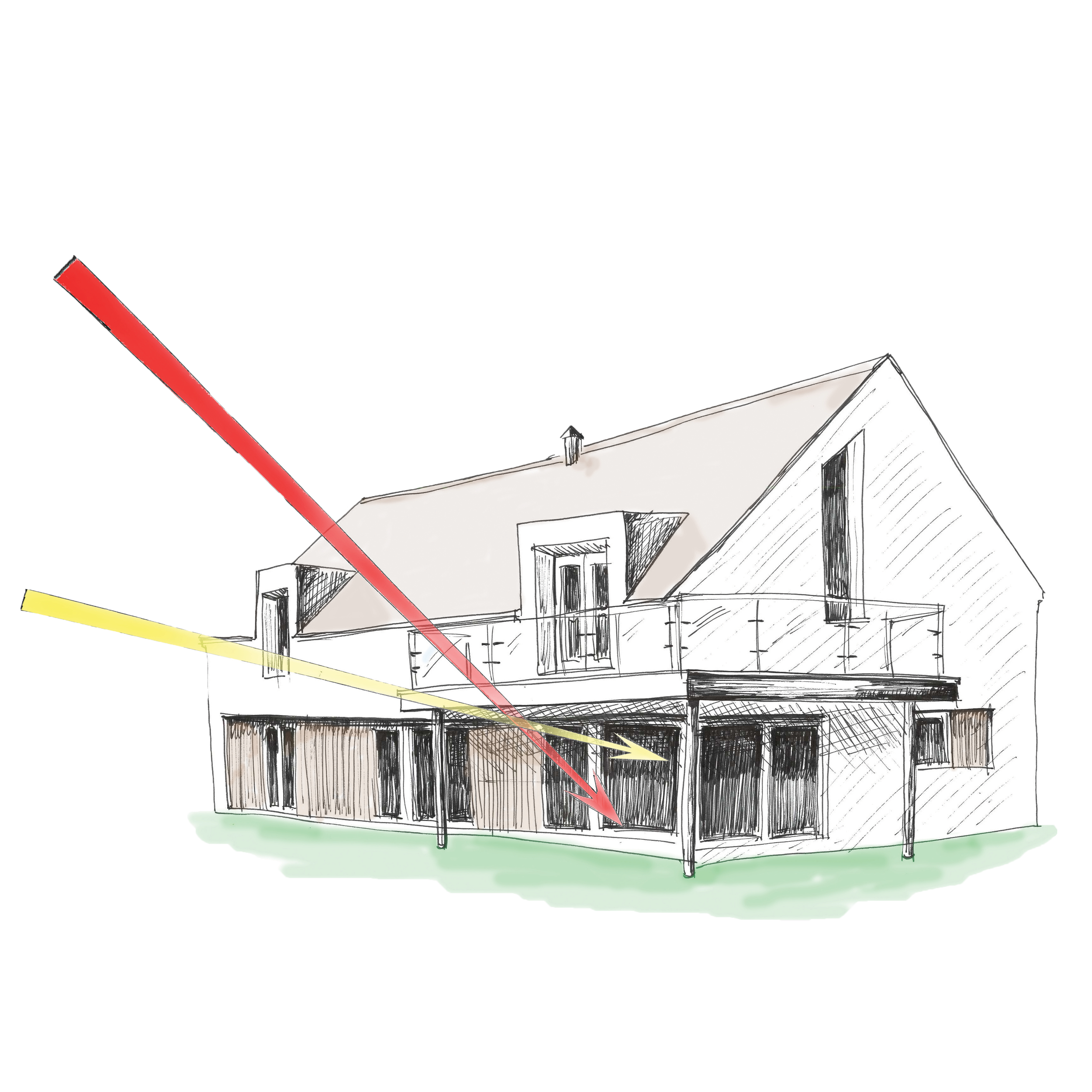
General questions about Passive Houses
What is it like to live in a Passive House?
A Passive house provides a great environment for life with extraordinarily low heating bills and excellent indoor air quality. It provides a high comfort level and is low maintenance to the user as well as dramatically reducing your carbon footprint.

Questions about windows and doors
Can you open windows in a Passive House?
Yes, without a doubt. A Passive House must be built to a high level of airtightness, meaning no air leakages through the windows or external doors, but of course, these specially designed windows can open.

Questions about Heating
Does a Passive House need a conventional central heating system?
A Passive House needs some kind of space heating system. It will be considerably smaller in comparison to that required for a conventional house. A Passive House may need as little as 3kW of heat at the coldest time of the year whilst a conventional oil boiler produces 20kW.

Questions about Ventilation
There is no method of building a Passive House without some kind of ventilation. A Passive House is extremely airtight which means that ventilation is essential. The use of mechanical ventilation with heat recovery retains 85% of the heat from extracted stale air and has the dual function of providing ventilation to the house whilst retaining heat.

Questions about energy ratings
This varies from project to project, although surprisingly, a Passive House may not achieve an A1 or even A2 rating. This is because achieving these ratings requires the use of renewable energy technologies for the generation of electrical energy by photo-voltaic panels or hot water by thermal solar panels.

Questions about Air-Tightness
Airtightness is the uncontrolled flow of air through gaps and cracks in the building fabric. This is not to be confused with the controlled flow of air into or out of the building through purpose-built MVHR units.

Questions about Cost
The question that everyone wants to know the answer to. Yes, it will cost you more to build a Passive House than a conventional house. This will vary on the size of the dwelling that you are building. The bigger the build, the more expensive construction costs. It is likely to add 5-10% on to the construction bill. BUT look at the bigger picture.

Questions about detailing
A thermal bridge (or cold bridge) is a weak point in the building's fabric insulation. They occur when a material with a relatively high thermal conductivity (a good conductor of heat) penetrates the external building envelope insulation layer.
